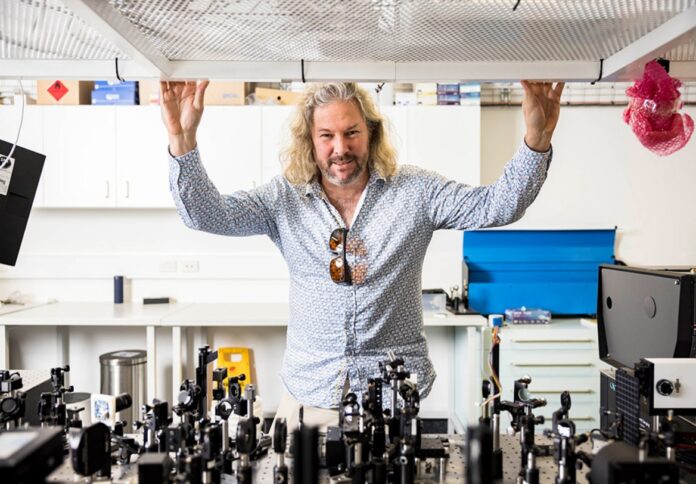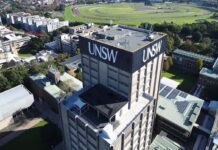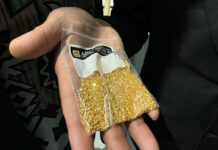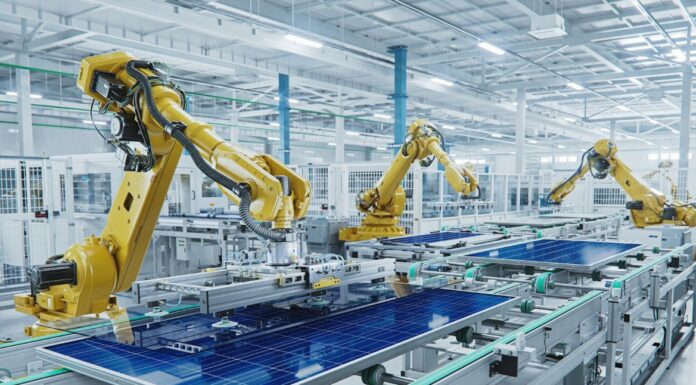
Researchers at UNSW Sydney have made a groundbreaking discovery that could revolutionise renewable energy by using magnetic fields to uncover the mechanism of light particle splitting.
This advancement, revealed in a study published in Nature Chemistry, could significantly enhance the efficiency of solar cell technology, the university reported in a news release.
In particular, the study delves into the process known as singlet fission, where photons—particles of light—are split into smaller energy chunks.
This process has the potential to make solar cells more efficient by minimising energy lost as heat, a common issue with current solar technology.
Lead researcher Professor Tim Schmidt from UNSW Sydney’s School of Chemistry has been exploring singlet fission for over a decade.
He explained, “Today’s solar cells work by absorbing photons which are then sucked away to the electrodes to do the work.”
Presently, most photovoltaic solar panels are made from silicon, a material that is affordable but nearing its performance limits.
Co-author Professor Ned Ekins-Daukes from UNSW’s School of Photovoltaics & Renewable Energy Engineering noted, “The highest efficiency was set earlier this year by our industrial collaborator, LONGi. They demonstrated a 27.3 per cent efficient silicon solar cell.”
The research team used magnetic fields to manipulate the wavelengths of emitted light, providing new insights into the singlet fission process.
The significance of this discovery is underscored by the support from the Australian Renewable Energy Agency (ARENA), which has selected UNSW’s singlet fission project for their Ultra Low Cost Solar program.
This initiative aims to develop technologies that achieve over 30 per cent efficiency at a cost below 30 cents per watt by 2030.
The research team used a single wavelength laser and an electromagnet to slow down the singlet fission process, making it easier to study. This detailed understanding is a crucial step toward creating more efficient silicon solar cells and eventually commercialising the technology.
“We’re confident we can get silicon solar cells to an efficiency above 30 per cent,” Prof Schmidt concluded.




















